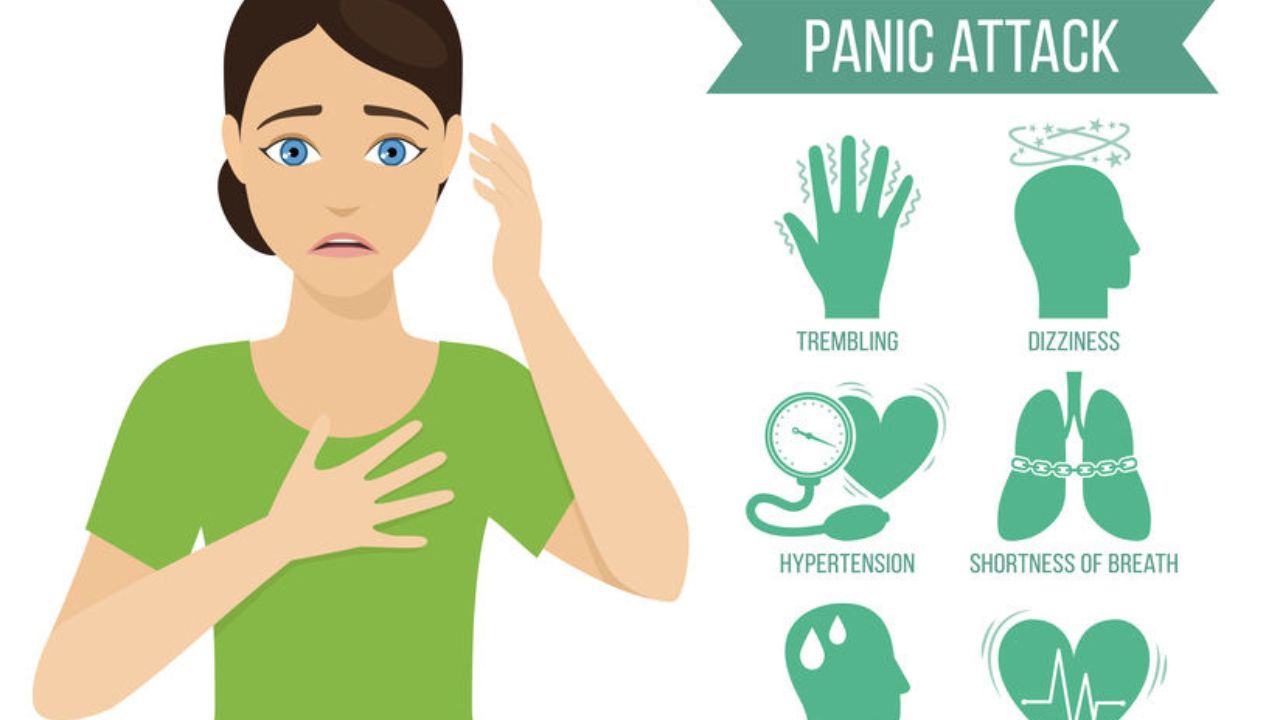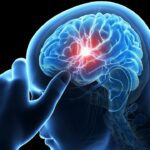A groundbreaking brain breakthrough at the Salk Institute in California opens the door to potential new medications for panic attacksThe team identified a specific brain circuit composed of specialized neurons in mice. They believe this circuit can be manipulated to manage panic disorder effectively.
The team pinpointed a brain region responsible for initiating panic, which triggers emotional and physical responses. Furthermore, the scientists discovered that inhibiting certain neural signals could diminish panic symptoms. This finding offers hope for creating drugs that could relieve panic disorder.
The Salk researchers charted the brain’s regions and connections in panic attacks. Their goal was to facilitate the creation of effective treatments in the future. Individuals with panic disorder frequently experience sudden, unexpected attacks. These episodes cause intense fear, sweaty palms, shortness of breath, and rapid heart rate.

To start mapping these brain regions, the researchers focused on the lateral parabrachial nucleus (PBL) within the brain stem. This area, known as the alarm centre, is part of the pons and regulates breathing, heart rate, and body temperature.
Study authors found that the PBL plays a role in initiating panic and inducing emotional and physical changes. Additionally, this brain region produces the neuropeptide PACAP (pituitary adenylate cyclase-activating polypeptide), a critical regulator of stress responses.
However, the exact relationship between these elements remained unclear. Therefore, the researchers conducted experiments on mice to confirm and refine their proposed brain map.
“Emotional and stress-related behaviors have been associated with PACAP-expressing neurons in the past,” says co-first author Sukjae Kang in a media release. “By mimicking panic attacks in the mice, we were able to watch those neurons’ activity and discover a unique connection between the PACAP brain circuit and panic disorder.”
While studying the brains of mice during panic attacks, researchers discovered that neurons expressing the neuropeptide PACAP become activated. Upon activation, these neurons release the PACAP messenger to another brain region contacted the dorsal raphe, where neurons with PACAP receptors are located.
The released PACAP messengers then activate these receptor neurons, resulting in the mice exhibiting panic-associated behavioural and physical symptoms. This newly identified link between panic disorder and the PACAP brain circuit marks a significant advancement in understanding how panic disorder operates within the brain.
Furthermore, the team found that inhibiting PACAP signalling disrupted the flow of PACAP neuropeptides, leading to a reduction in panic symptoms. This discovery holds promise for the future development of targeted treatments for panic disorder.
Dr. Sung Han, the study’s senior author and an associate professor at the Salk Institute, notes that while panic disorder is classified as an anxiety disorder, it differs from anxiety in several ways. For instance, panic can trigger physical symptoms such as shortness of breath, rapid heart rate, sweating, and nausea, which are not typically induced by anxiety.
Additionally, panic attacks are often uncontrollable and spontaneous, unlike other anxiety disorders, such as post-traumatic stress disorder (PTSD), which are more memory-based and have predictable triggers. According to Dr. Han, these distinctions underscore the importance of mapping the brain circuitry specific to panic disorder. Such mapping is crucial for developing treatments that are specifically tailored to address panic disorder.
“We found that the activity of PACAP-producing neurons in the brain’s parabrachial nucleus is inhibited during anxiety conditions and traumatic memory events—the mouse’s amygdala actually directly inhibits those neurons,” says Han, who is also the Pioneer Fund Developmental Chair at Salk.
“Because anxiety seems to be operating conversely to the panic brain circuit, it would be interesting to look at the interaction between anxiety and panic, since we need to explain now how people with anxiety disorder have a higher tendency to experience panic attacks.”
Dr. Han’s team aims to investigate PACAP-expressing neurons and PACAP neuropeptides as potential targets for drugs treating panic disorder. The researchers, whose study is published in Nature Neuroscience, also intend to expand their understanding of panic disorder’s neural map.
They plan to trace the pathways of PACAP receptor-producing neurons in the dorsal raphe to determine where these neurons send their signals. Additionally, they are interested in exploring how other brain areas associated with anxiety interact with the PACAP-related panic system.
You might also be interested in:
- Study: Anxiety, depression, and panic attacks all on the rise among U.S. college students
- Sniffing stinky armpits can relieve social anxiety, study explains
- An easy blood test can determine if anxiety is present in your life.
FAQ
Could a brain pathway lead to new treatments for panic attacks?
Scientists say they have discovered a key brain pathway that could pave the way for new treatments for panic attacks. Experimenters from the Salk Institute for Biological Studies in California found a brain circuit with neurons that regulate panic-like symptoms in mice.
Can a brain circuit help a person with panic disorder?
Brain breakthrough opens the door as Salk researchers pave the way to understanding panic disorder. They’ve initiated the construction of a neural map, uncovering a crucial circuit comprised of specialized neurons communicating through a neuropeptide named PACAP. This discovery holds promise for advancing treatments and insights into the complexities of the brain.
How does a panic attack affect the brain?
A groundbreaking discovery has unveiled a pivotal brain breakthrough, unlocking new possibilities in understanding panic disorder. The research spotlights a tiny yet influential protein, PACAP, orchestrating messages across the brain. This revelation sheds light on the intricate circuitry behind panic attacks, offering potential avenues for targeted interventions and improved treatment strategies. Brain breakthrough opens the door to transformative insights into panic disorder’s underlying mechanisms.
Can a brain map help treat panic disorder?
Researchers at Salk have made a groundbreaking discovery, opening the door to developing more potent treatments for panic disorder. Through mapping out the brain’s areas, neurons, and connections involved in panic episodes, they have identified a crucial brain circuit responsible for mediating panic disorder, marking a significant breakthrough in neuroscience.



